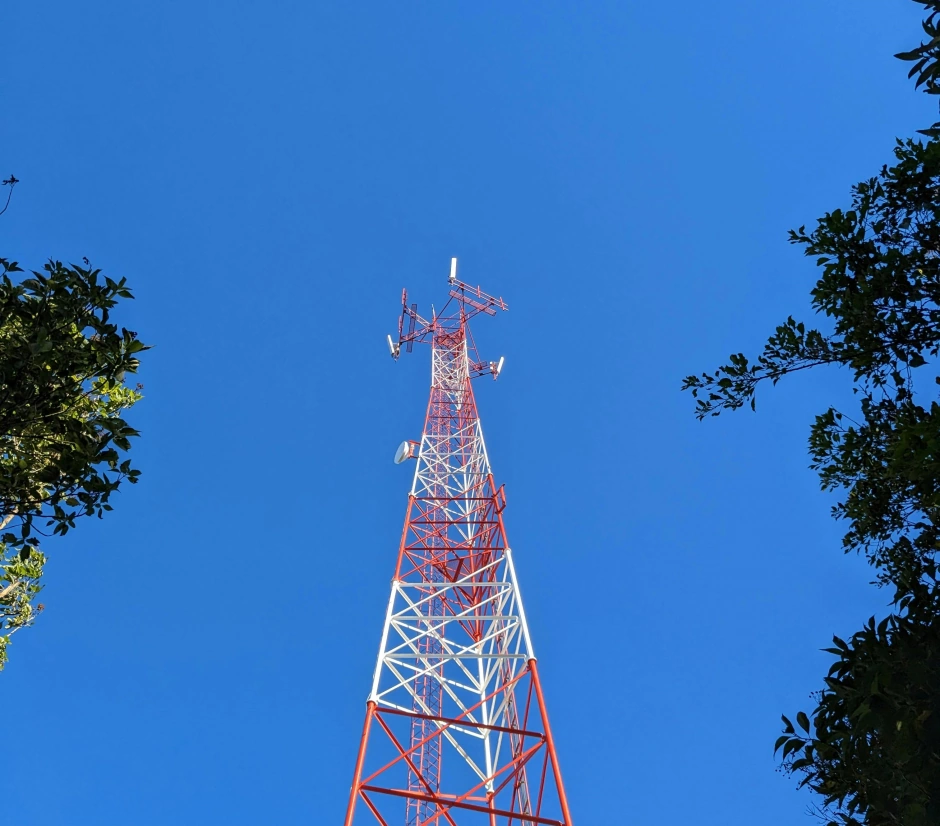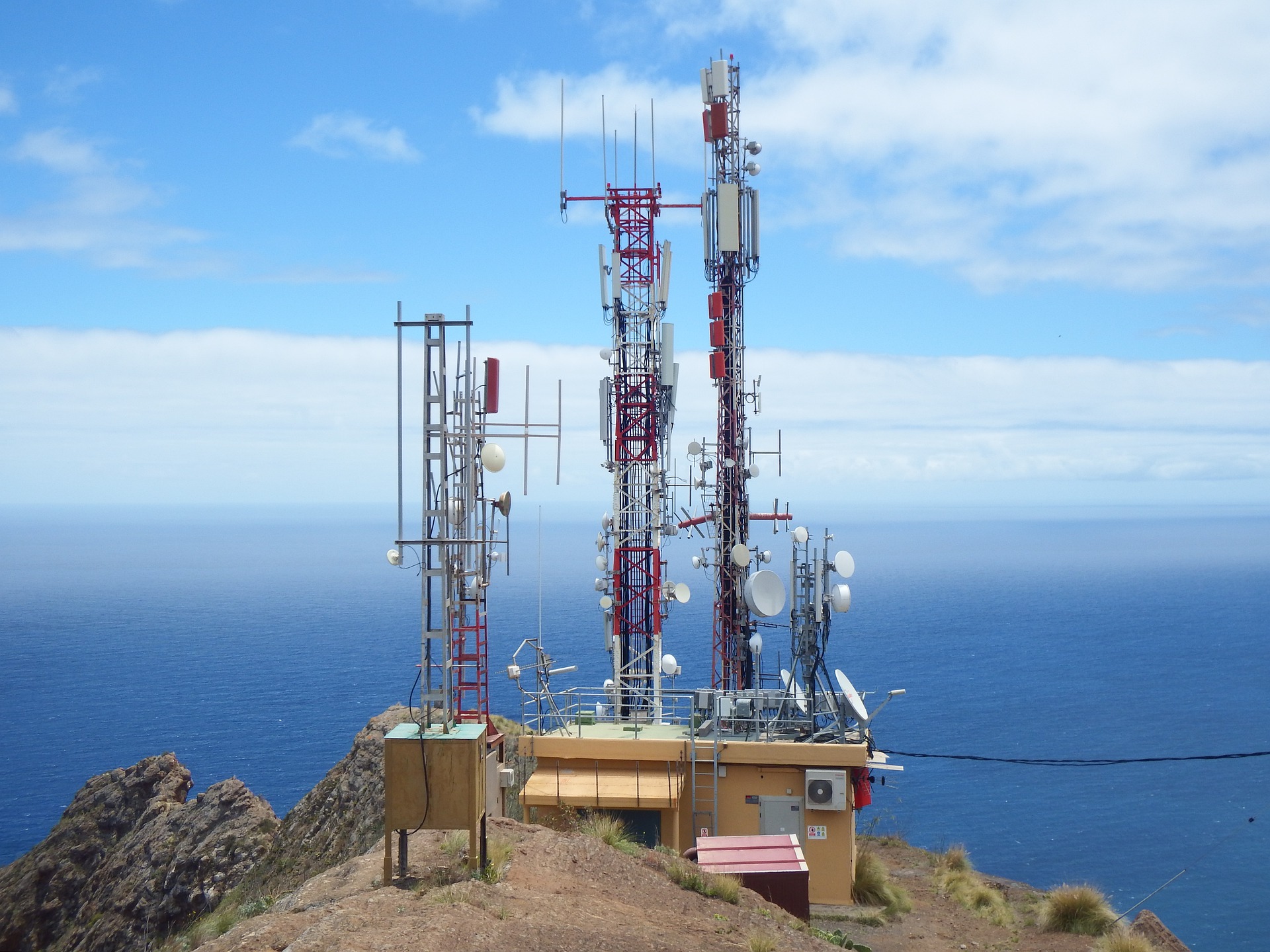Millimeter wave frequencies, which cover ranges of 30 to 300 GHz, offer a promising innovation space for 5G and 6G networks. The corresponding FR2 frequency bands differ from the FR1 bands that largely dominate telecommunications today and use ranges below 6 GHz. Although these low frequencies are ideal for the coverage of extensive zones with minimal infrastructure, in particular rural or remote areas, they offer only limited data rates. Millimeter wave frequencies, on the other hand, allow ultra-fast communications over short distances to cover localized needs, such as in dense urban areas or for industrial uses.
“The advantage of millimeter wave bands lies in their broad working bandwidth allowing the transmission of large volumes of data at high transfer rates with extremely short latency times”, explains Christian Person, a researcher specializing in Advanced Telecommunications at IMT Atlantique. “They provide the means to create localized ultra-fast connectivity spots, where it would be possible, for example, to download videos in just a few seconds, or to roll out augmented, fully interactive interfaces.” On the other hand, these frequencies are significantly attenuated across space – which makes them less suitable for long distances – and reliant on the less mature microelectronics sector. Technological enhancements are therefore required to extend their range and exploit their full potential.
Beamforming, to compensate for signal attenuation
These enhancements include the designing of base station antennas to make it easier to establish communication with devices. This is the subject of one of the research areas of the YACARI project, which aims to roll out technical solutions for the exploitation of millimeter wave bandwidths as part of the ‘Networks of the Future’ PEPR. The project co-leader, Christian Person, is involved in the development of these adapted antennas, based on the beamforming technique.
By concentrating an antenna’s energy in a specific direction, beamforming allows us to optimize its directional gain, to the detriment of coverage, and hence enhance the quality of the radio link. It is complementary to beam steering, which consists in dynamically scanning space to detect devices and adjusting the beams in real time, towards a moving user or in a changing environment, for example. For fantasy fans, it can be likened to the Eye of Sauron searching for Frodo in Mordor.
The researcher is thus studying different approaches to managing antenna radiation patterns. Firstly, through phased antenna networks: panels made up of a number of radiating elements whose waves constructively interfere to form a beam towards a specific direction. The direction of this beam can be changed by adjusting the amplitude of each of the network components, allowing it to scan space without the antenna actually moving. Secondly, by applying optics-based holographic techniques. “With specifically shaped antennas, it is possible to modulate radio waves using the same principle as for holograms, and to create precise directional beams”, he explains. “The challenge lies in the dynamic control of these holographic interaction surfaces.”
Sights set on miniaturization and intelligent surfaces
These approaches can be completed using reconfigurable intelligent surfaces (RIS), systems that adapt to their environment to redirect signals. “Fitted with RIS, the wall of a building can, for example, pick up an incident signal and focus it on a moving car”, illustrates Christian Person. Today, several operators are investigating these technologies which promise to significantly improve connectivity, especially in complex environments such as the smart city.
This is also the case of PERSEUS, another project of the ‘Networks of the Future’ PEPR, which concentrates on FR1 frequency bands at the opposite end of the spectrum. This means PERSEUS is concerned with imposing configurations, in particular RIS which can reach up to a square meter and are therefore very efficient in the rerouting of signals in space. Conversely, the surfaces studied in the YACARI project are of just a few square centimeters, for miniaturized integration into mobile devices or local femtocells, components designed to improve network cover indoors.
For these controlled surfaces and millimeter wave antennas, miniaturization alongside the command of electromagnetic performance is a core challenge. Today, these systems remain cumbersome and costly, which limits the extent of their adoption in devices used by the public at large. “Our aim is to experiment with new integration concepts and technologies, in order to design antennas with original solutions for focusing energy in a specific direction through space: beamforming, creation of multiple spots, mixed radiation beams, etc.”, explains Christian Person. All these solutions of course involve the design of specific hardware and components, an area being studied by other partners of the YACARI project.
Towards dynamic, adaptive management of network infrastructures
The development of hardware solutions for the head-end part of the network, where signals are generated and transmitted to users, is another core component of the Important Project of Common European Interest on Microelectronics and Communication Technologies (IPCEI ME/CT). Just like the PERSEUS project, the IPCEI ME/CT targets classic telecoms bandwidths of up to 6 GHz to develop infrastructures suitable for specific use cases, in particular the optimization of private business networks, vehicular applications and other scenarios involving smart resource management.
Several IMT schools have joined forces with firms such as Orange and Kalray who, as part of this major project, are developing specialized multi-core processors on topics ranging from encryption to the network and security layers. Christian Person, who plays a key coordinating role for IMT, also contributes as an expert to developing so-called ‘reconfigurable’ multibeam antenna solutions. “Unlike the YACARI ones, these antennas can be used in different modes and with several users simultaneously, while scanning the network status. This is known as ISAC, which stands for Integrated Sensing And Communication”, he points out. A crucial capacity for base stations: “Most of the time, they send out signals in all directions or in a sequential manner by scanning space. The aim is to adjust the flow and target only certain parts of the network, in accordance with user needs”, the researcher adds.
Hybrid solutions combining beamforming, to track users, and channel sensing, to locate them, are also being considered. These make it possible to gage what’s going on around the base station and dynamically adjust the beams towards particular parts of the network, in accordance with identified priorities, for a specific user, for example. The aim of this adaptive management is to divide the signals into sectors, to avoid unnecessary dissemination and concentrate energy where it is required, hence reducing the network’s carbon footprint and at the same time improving the quality of service.
The IPCEI ME/CT also aims to anticipate on the imminent availability of FR3 frequency bands of around 7 GHz (‘Golden Bands’), which add a new, relatively vacant spectrum. The YACARI and IPCEI ME/CT projects therefore embody two facets that complement one another in making communication infrastructures smarter, more efficient and better adapted to different user needs. Together, they pave the way to a connectivity aligned with the challenges of the networks of tomorrow in terms of performance and minimization of energy resources.






